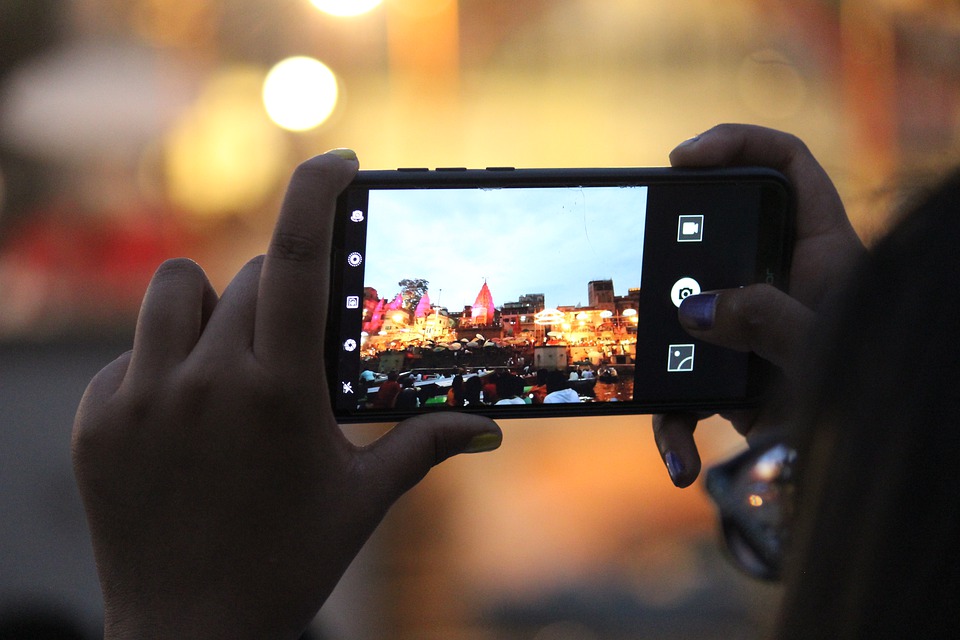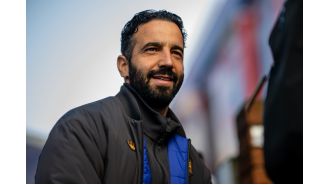Digital India
Digital India is a government initiative to help the country become a digitally empowered society and knowledge economy. It was started in 2015 by Prime Minister Narendra Modi. The initiative aims to provide digital access to citizens, especially in rural areas and villages.
The Digital India program has many different components including:
-Setting up of Public Data Offices
-Creation of broadband infrastructure,
-Empowerment of women and girl children through IT education
-Usage of IT for governance, delivery of services, e-healthcare, and e-agriculture.
India is a country with a population of 1.3 billion people and has the second largest number of Internet users in the world. The Digital India initiative, which was launched in July 2015, aims to provide Internet access to rural areas and digital literacy for everyone. This initiative is being executed by the Indian government, private sector, and civil society organizations.
Digital India is a project by the Indian government to provide internet access to rural areas in the country and increase the digital literacy of its citizens. The project has been successful so far. The initiative has also helped increase digital literacy among Indians, with about 100 million people learning how to use the internet for the first time through Digital India.
Some of the key initiatives under Digital India are:
- Setting up 100% Wi-Fi enabled gram panchayats
- Setting up 500,000 public Wi-Fi hotspots
- Setting up 20 million smart classrooms
- Setting up 1 million broadband connections in rural areas







